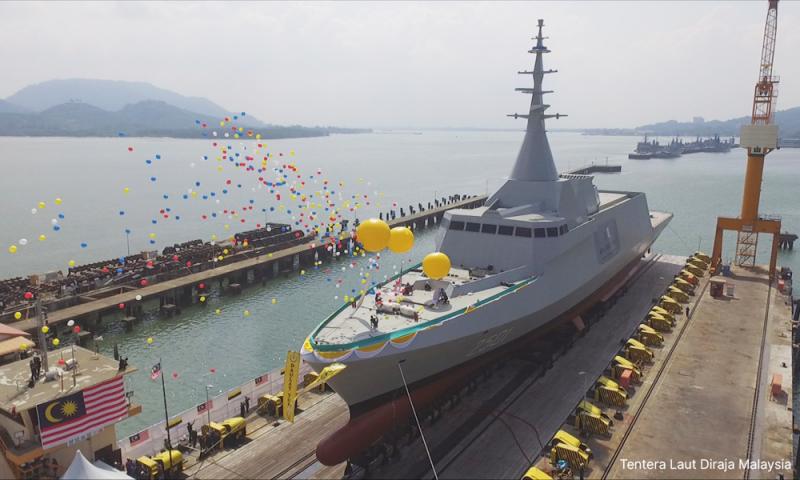KINIGUIDE | A littoral dive into the navy's RM9b LCS scandal
KINIGUIDE | Over the last two weeks, the country has been gripped by the latest multi-billion ringgit scandal involving the Royal Malaysian Navy’s (RMN) second generation patrol vessel - more commonly known as the littoral combat ship (LCS) - project.
A report by the parliamentary Public Accounts Committee (PAC) revealed that the country’s largest defence procurement, worth RM9 billion for six LCS vessels, was in shambles.
The PAC’s report showed that since the project’s contract took effect in 2013, the government has paid out more than RM6 billion but not a single vessel has been delivered.
Malaysiakini sails into these stormy waters to provide a deep dive into what an LCS is, the current fiasco, and a brief history of the project.
How are modern naval vessels designated?
To help get a better understanding of what an LCS is, we have to take a brief look at the different types of modern warships.
Most modern navies designate their surface combat ships from largest to smallest, as cruisers, destroyers, frigates, corvettes, and fast attack craft.
These ships are combat vessels armed with guns, missiles, and torpedoes. Most of these vessels carry a helicopter.
They are different from offshore patrol vessels (OPVs) which have duties including maritime patrol, enforcement, as well as search and rescue.
OPVs usually mount limited weapons including a main cannon, machine guns, and depending on the size of the vessel, may also carry a helicopter.
What is an LCS?
The concept was first introduced by the US Navy with two classes of LCS - Freedom and Independence. The concept is for cheap - for the US - small, and stealthy surface combat vessels for littoral zone warfare and operations.
The littoral zone can be described as nearshore waters starting from the shoreline to the edge of the continental shelf.
Littoral warfare means military operations in the littoral zone. The types of operations include maritime patrol and surveillance, mine-clearing, landing operations support, and naval combat operations.
The US Navy’s LCS was supposed to be modular, in theory at least, where different weapons, sensors, and equipment are changeable depending on need.
Apart from the US, Malaysia is the only country to have surface combatants designated as LCS.
However, the RMN’s LCS are very different...
RM12.50 / month
- Unlimited access to award-winning journalism
- Comment and share your opinions on all our articles
- Gift interesting stories to your friends
- Tax deductable
